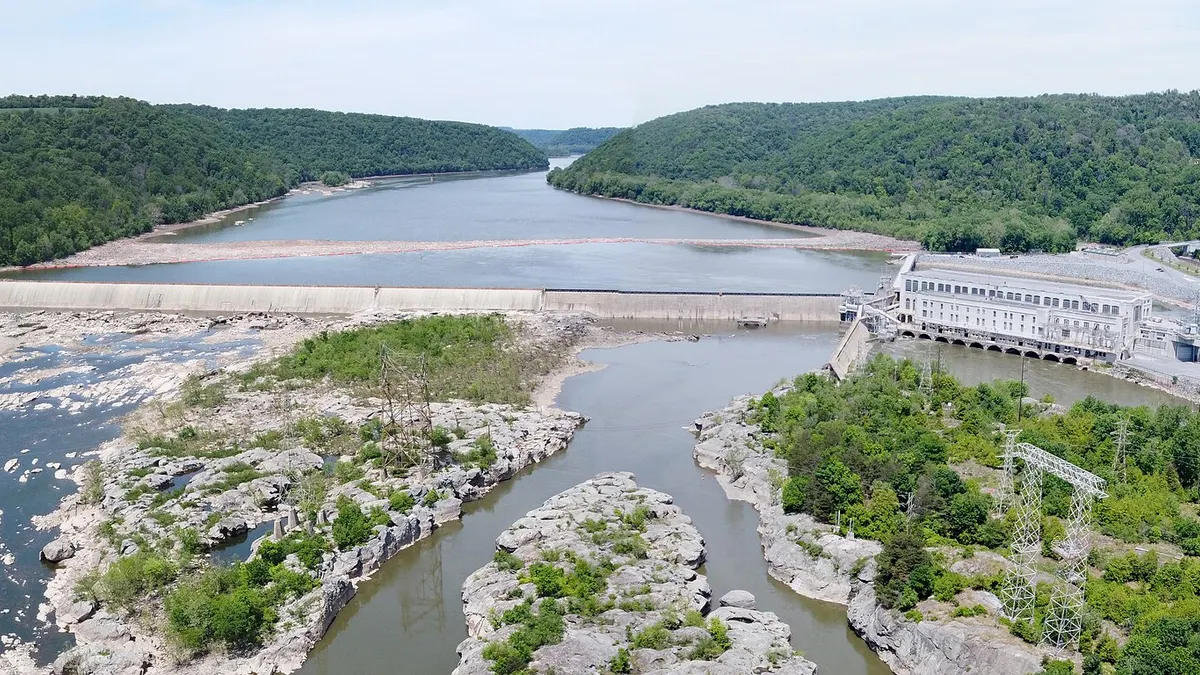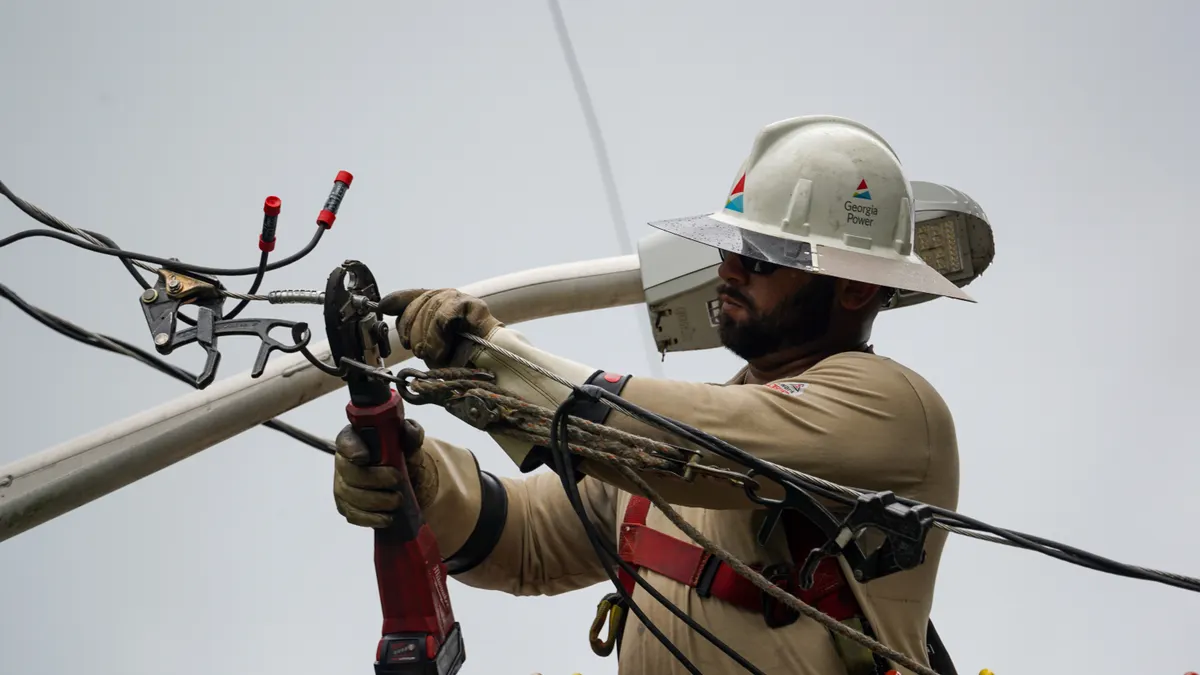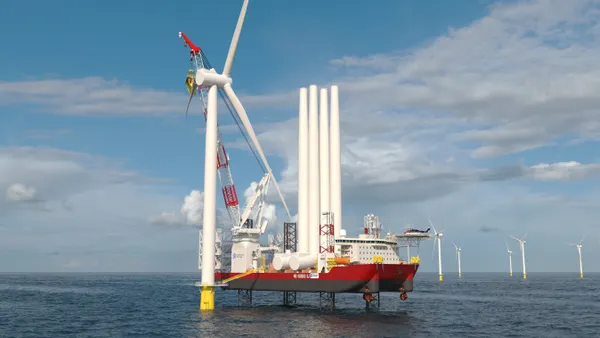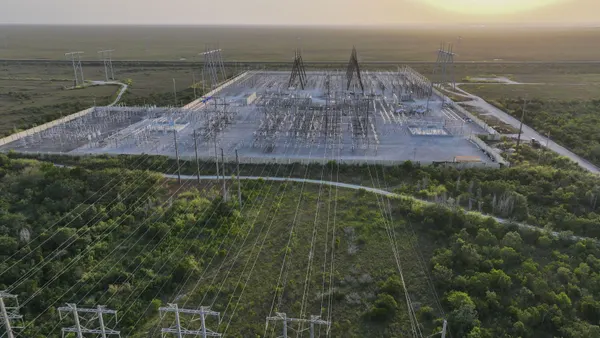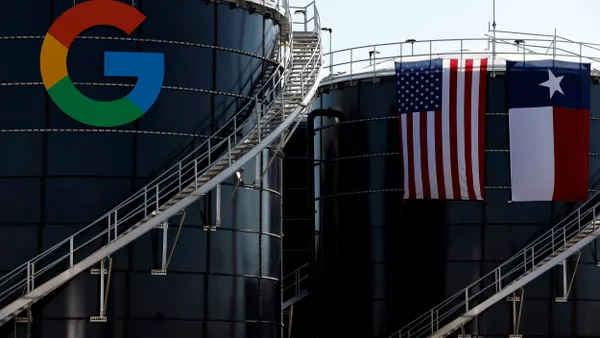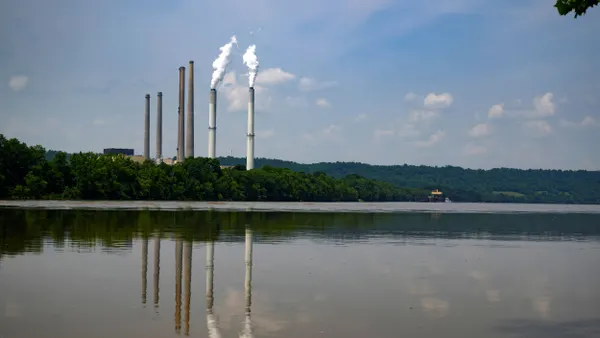A new nuclear partnership
Independent power producer Brookfield Renewable Partners celebrated a recently-announced $80 billion partnership between Westinghouse Electric, of which it owns 51%, and the U.S. government to deploy nuclear reactors during a third-quarter earnings call this week.
Westinghouse Electric is the U.S.-based developer of the AP1000 nuclear reactor design. Cameco, a Canadian uranium miner, owns the other 49% of Westinghouse.
Though the U.S. government has yet to make a final investment decision, the agreement reportedly includes a profit-sharing arrangement that Brookfield Renewable Partners co-President Jen Mazin said on Wednesday could produce $17.5 billion of upside for the organization. She said the deal has already spurred customer interest in AP1000 technology and suggested it could position Westinghouse as a top nuclear vendor outside the United States.
“[The deal positions] Westinghouse to far exceed our original underwriting expectations, and deliver significant value for our shareholders and over the long term,” she said.
Brookfield Renewable Partnersis a Canadian limited partnership that is majority-owned by Brookfield Asset Management, an alternative asset manager with more than $1 trillion under management. Its third-quarter investor update reveals 48.7 GW of operating capacity with annualized generation of approximately 127,000 GWh and a development pipeline of more than 200 GW. Ninety-seven percent of its portfolio is in renewables, including both firm (hydropower) and intermittent (wind, solar) assets.
Brookfield could begin booking revenue from the U.S. government deal “as quickly as the next couple quarters,” though its earnings during early-stage development would likely be “modest,” said Connor Teskey, president of Brookfield Asset Management.
In the third quarter, Brookfield reported 9% year over year revenue growth, 38% growth in generating capacity and 40% growth in actual generation. A mix of asset acquisitions and new commercial deployments drove the generation increase.
Movement on V.C. Summer construction restart
Also last month, Brookfield signed a letter of intent to look into restarting construction on the unfinished AP1000 reactors at the V.C. Summer generating station in South Carolina.
Former project partners Santee Cooper and South Carolina Electric & Gas — now owned by Dominion Energy — abandoned construction in 2017 as costs escalated and Westinghouse filed for bankruptcy.
The fiasco left South Carolina ratepayers on the hook for billions, but Santee Cooper CEO Jimmy Staton insisted last month that completing the reactors now would have “no additional financial risks for our customers at all.”
If Brookfield decides to move forward after a six-week due diligence process, the company could officially take over construction, select a project manager and pursue agreements with power offtakers, The State newspaper reported last month.
On Wednesday, Teskey sounded optimistic about the project while cautioning that it was still early in the process.
“We are encouraged by our initial feedback from potential partners and hyperscaler off-takers,” he said, adding that the project could position Brookfield as a supplier of bulk nuclear power to utilities and large corporate offtakers.
“But we will only do so if the appropriate downside protections and risk adjusted returns are available to us,” he added.
Notable corporate power procurements
Teskey also sounded upbeat about offtake and revenue opportunities for Brookfield’s large hydropower portfolio. The organization has five terawatt-hours of hydro assets coming up for recontracting, he said, just as hyperscalers are “seeking long-term access to reliable and sustainable energy sources to power this growth.”
In July, Google said it would buy up to 3 GW of hydropower from Brookfield, beginning with 670 MW from the Holtwood and Safe Harbor dams in the PJM Interconnection. Brookfield is in the process of relicensing both dams, a time-consuming process that committed offtake deals can make easier.
More recently, Brookfield signed a similar agreement with Microsoft for a third hydropower facility in PJM, Teskey said. He suggested more deals are in the offing.
“We continue to evaluate the opportunity to acquire hydro [facilities] which would fit well within our portfolio,” he said.


